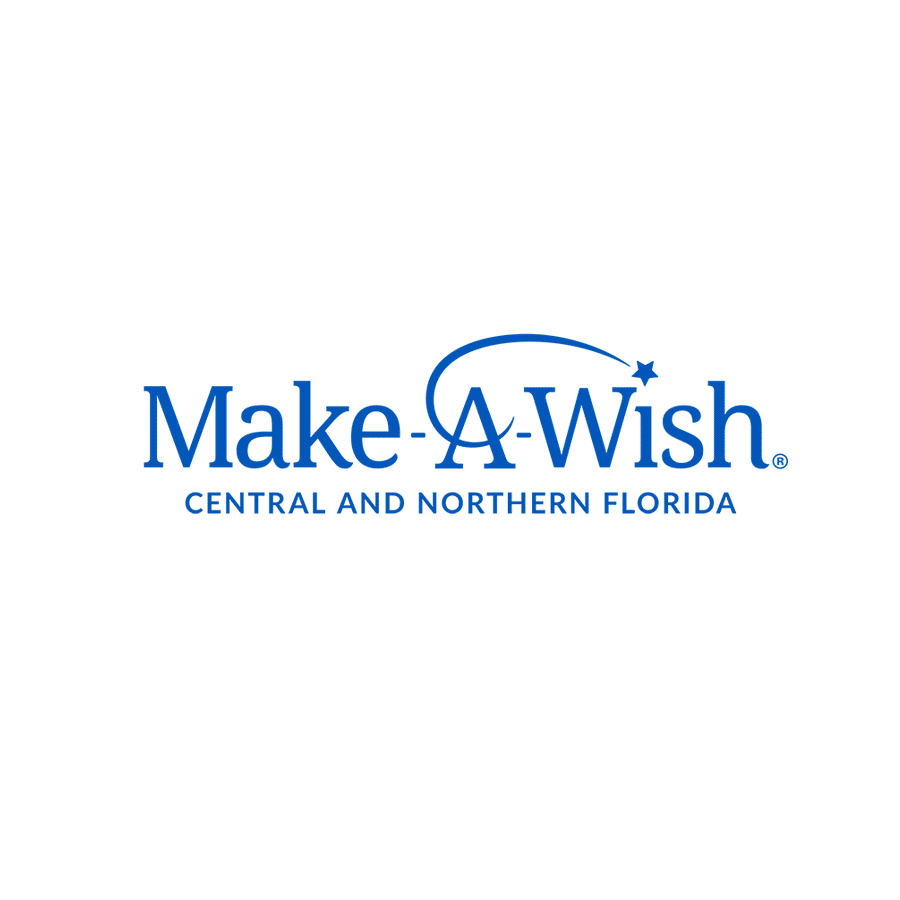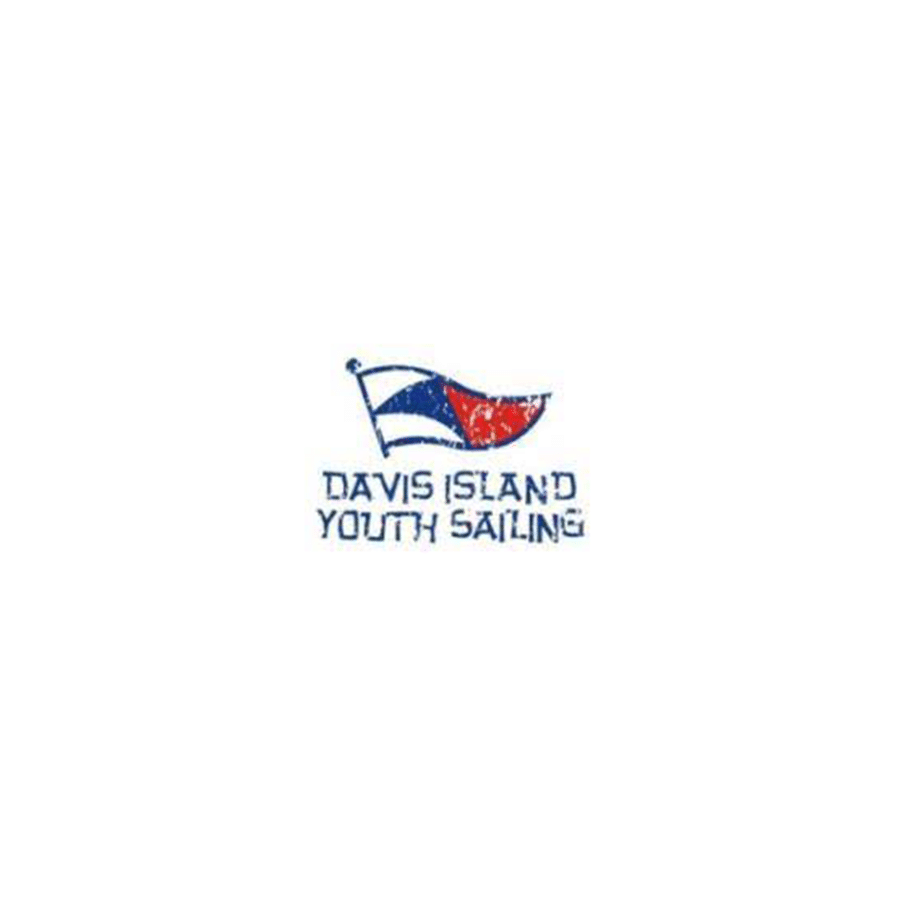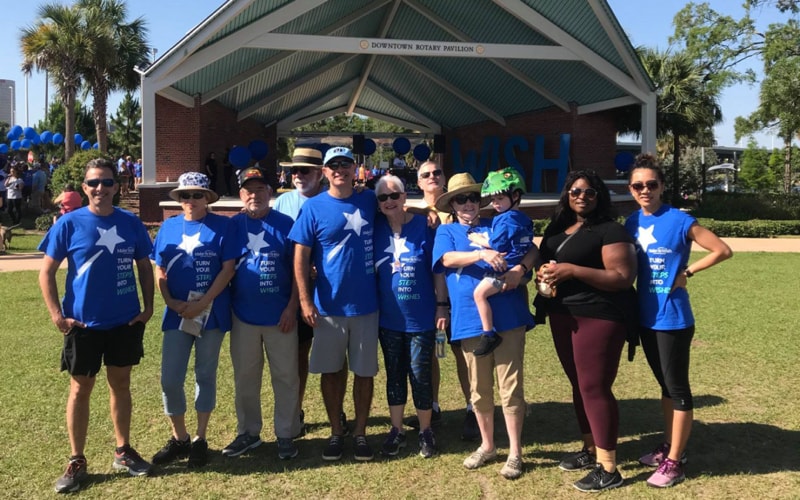By Marcus Fernandez
For many companies, community engagement is often an integral part of their business plan. It allows them to directly build rapport with consumers and earn positive word-of-mouth. But in today’s society, which puts greater importance and expectations on corporate responsibility, corporate giving can often help reap additional rewards. Companies have begun taking a proactive approach toward building structured corporate philanthropy programs.
What exactly is a corporate philanthropy or corporate giving program?
These are programs created and enacted by private companies to support the common good of a community through volunteerism, financial giving, or the donation of time and resources. While the “common good of a community” may not seem to have a direct impact on business, the reasons to create a more formalized corporate giving campaign can be seen in some of the following benefits:
Better alignment with your community
According to the 2013 Cone Communications/Echo Global CSR Study, 29% of consumers believe that businesses should not only support, but advocate for change in larger social or environmental issues by increasing awareness of the issue and donating products or services, money or volunteering. In a nutshell, people believe that companies have a societal responsibility to advocate for the good of the community it serves.
Greater attractiveness to job seekers
53% of workers and 72% of students want a job where they can make an impact. Unfortunately, not all organizations have a business model that directly affects the community. In order to attract and retain employees, companies should help create a setting where employees feel like they have an opportunity to make an impact regardless of the industry that they are in.
Improved quality of life in the community you serve
Businesses both large and small benefit from the fact that people remember companies that exhibit community goodwill. By developing a corporate philanthropy or corporate giving program, consumers begin to associate your brand with positive feelings. Think your company is too small to make an impact? Think again! By focusing local or on a specific philanthropic need, you can directly impact prospects, customers and your employees.
Improved morale and engagement with your employees
Corporate volunteer programs have been shown to boost productivity in the workplace and reinforce ethical behavior. According to “Talent Report: What Workers Want in 2012,” 58% of employees stated that all other things being equal, they would take a 15% pay cut to work for a company that reflected their own values. Volunteering together boosts morale, strengthens teams, and even helps build communication skills.
While creating a corporate giving program can seem like a daunting task, a few simple steps can help to align your efforts with employee expectations and community needs. First, consider a simple survey to help establish a baseline of what employees may do in their free time. Ask questions including how often employees volunteer, where they volunteer and what motivates them to get involved. By better aligning with employee visions, companies can create optimal opportunities for engagement. Also, think about the company’s product and service offerings. Is there a natural tie between company capabilities and the local community? Businesses with a strong professional workforce can partner with local shelters or organizations to provide guidance on job interviews, resume writing, or even donate clothing items for the workplace. A restaurant may choose to donate food to a local shelter, or host a fundraising event for a nonprofit.
Next, develop a strong foundation for your efforts. Companies develop mission statements to better define organizational goals, and vision statements to explain the legacy that they hope to leave. In the same way, it is important to develop a vision and/or mission statement for the company’s corporate philanthropy program to help better align employee efforts toward a common goal. As you consider these pieces, remember that corporate giving programs are not just created for big business. One of the ways that small businesses can have a more measurable impact is by channeling their efforts to serve a smaller segment of the community. For instance, a company may choose to help nonprofit organizations within a given neighborhood, or perhaps serve a specific need, such as those impacting the environment, combatting homelessness or hunger.
Next, create an environment that fosters volunteerism and giving. Consider giving employees paid time off each year to volunteer in the local community, or create designated days where employees can volunteer together as a group. These types of experiences help build a team mentality and camaraderie. Throughout the year, host seasonal drives to help fulfill a community need. For instance, collect items like Valentine’s cards in February, school supplies in August, or toys and food, which are in greater need during the end of the year. If your business has a small staff, but strong client base, consider including customers in the philanthropic effort. Many companies have found greater success by offering a small discount or reward item for customers who participate in a drive. In each of these instances, commemorate and share the impact of these efforts by posting photos on your organization’s social media channels.
Last but not least, measure! Safe to say you wouldn’t undertake a major marketing effort without understanding how it impacts your business. Carefully track the total value of donations made on behalf of the organization, the number of hours employees are giving in the community, and the number of nonprofits or community programs affected by organizational outreach. Interview or survey employees to gauge their feelings about the corporate philanthropy program, and how it has impacted their connection with your organization. It’s important to constantly reevaluate and tweak efforts to better align with the developed mission statement, and overall organizational goals.


